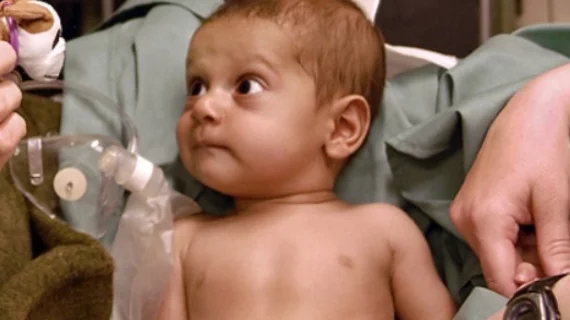Scientists are beginning to explore whether infusing heart tissue with mitochondria can restore function to oxygen-deprived cells after a heart attack. The technique has potential in both pediatric and adult patients, according to an article in The New York Times.
In animal studies, mitochondrial transplants have been shown to revive heart muscle that was damaged during myocardial infarction and limit brain damage from strokes. According to the Times, human tests have been limited to infants who required the infusions as a last-ditch effort to revive cardiac muscle after operations for congenital heart defects.
The procedure involves taking a piece of healthy tissue from elsewhere in the body, such as the abdomen, isolating the mitochondria from that muscle and injecting it back into the problematic area. Once there, the newly introduced power sources gravitate to damaged cells and begin supplying energy, Harvard researcher James McCully, PhD, told the newspaper.
Physicians have treated 11 infants with mitochondria. Ten were able to come off an extracorporeal membrane oxygenator (ECMO), the Times reported, but three of the 11 ultimately died—two because their hearts were still damaged and one because of an infection. However, the babies who survived showed more normal heart function than other patients with similar conditions, more than a third of whom end up on heart transplant lists.
Researchers said it would be difficult to enroll enough pediatric patients for a randomized trial, but a study in high-risk adult cardiac surgery patients could begin next year.
Read more below:

